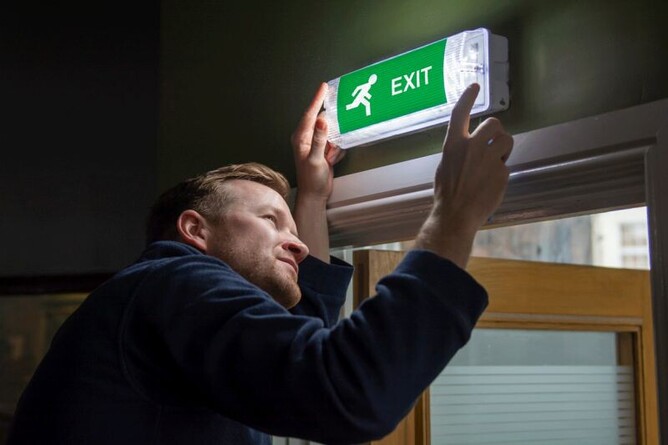Implementing and maintaining proper emergency lighting is a regulatory requirement as per BS 5266-1, and a critical measure to safeguard lives and property. Emergency lighting is designed to operate for durations of between one and three hours after the mains power supply fails. It provides essential illumination that helps employees, customers, and visitors safely evacuate the building.
So what are the different types?
💡 Maintained Lighting
Maintained emergency lighting is always on, used in places needing constant illumination, such as stadiums, leisure centres cinemas, shopping centres etc. The lights are connected to the main electrical supply and have a backup power source, such as an internal or central battery. In the event of a power failure, the backup power supply immediately takes over to keep the lights on, to enable safe evacuation of the premises.
🔋 Non-Maintained Lighting
Non-Maintained Emergency Lighting is off during normal conditions only coming on automatically during a mains power failure. This type of emergency lighting is commonly used in spaces where emergency lighting is not needed under normal conditions such as workplaces, offices, schools, and other areas where emergency lighting is only necessary during a power outage.
Choosing between maintained and non-maintained emergency lighting depends on the specific needs and safety requirements of the building or space in question 🛠️
View the full range of Safelincs emergency lighting - HERE
Safelincs provide CSCBG members with a minimum of 5% off RRP across our range.
Please click on the Safelincslogo above for more information
Purchase directly from Safelincs via the CSCBG web site - HERE


